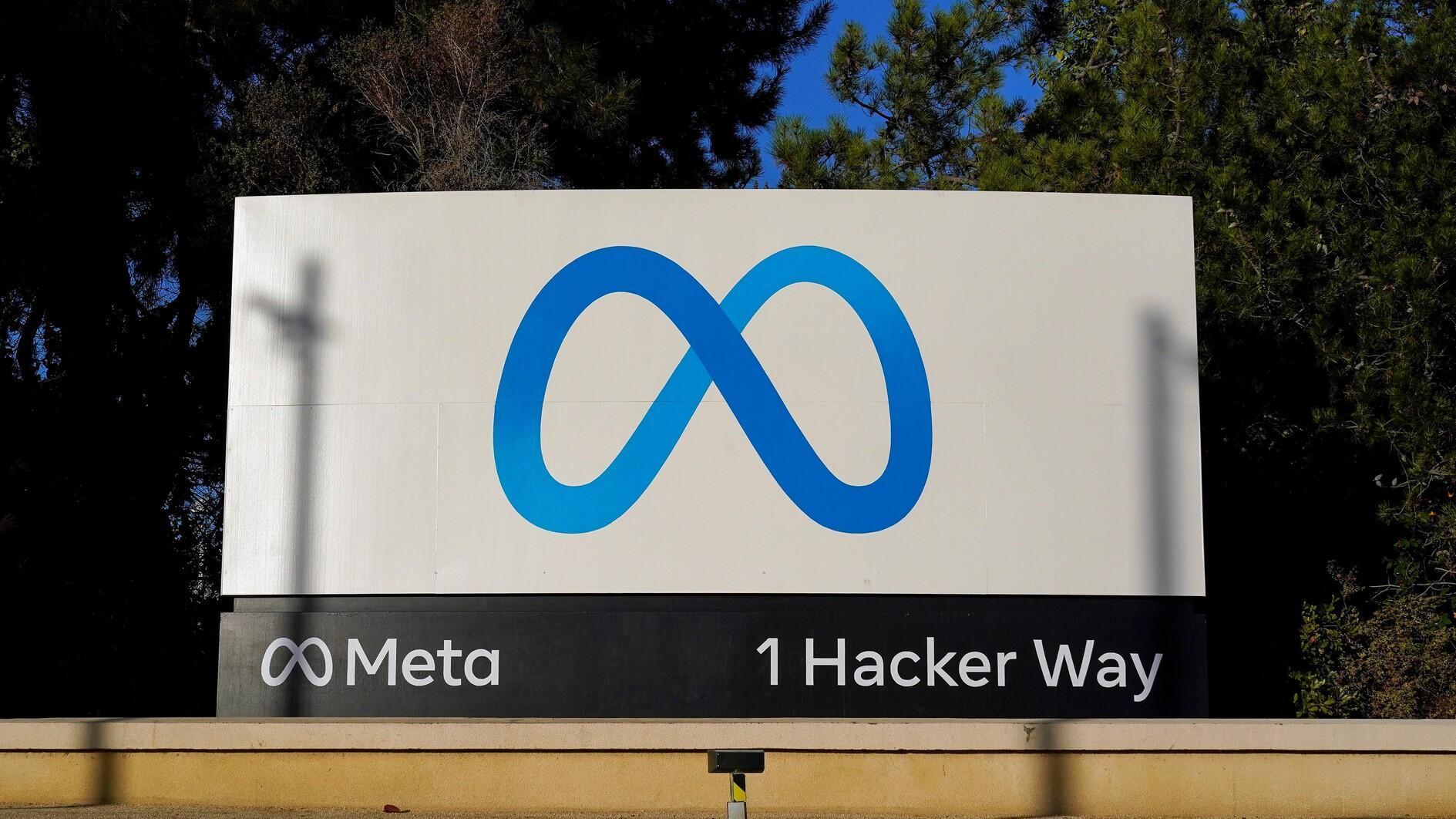Kardak versus Imia: Oh! Not again
On the 21st anniversary of the Kardak/Imia crisis, at the end of last month, there was a marked tension between Turkey and Greece.
It started when the Chief of Turkish General Staff Gen. Hulusi Akar chose to pay a surprise visit near the Kardak/Imia islets on the Aegean Sea on Jan. 29, accompanied by his army, navy and air force commanders. Depending on which side of the Aegean you are on, the visit was seen as a tour of peace or as a tour de force. It created hot debate on whether it was necessary and generated a war of words between the politicians of the two countries who have been enjoying a generally peaceful period for just over two decades.
But also, worst of all, it allowed the media of both countries to revert to all their stereotypes and hate speech about each other’s country, which we had hoped to be a habit of the past.
I was one of the journalists who happened to be in Turkey during the original Kardak/Imia crisis and I remember the efforts done by many of us, from both countries, to draw a lesson from the detrimental effect the media played during the dangerous incident that almost brought both countries to war. With horror, we had experienced how media was capable of rapidly stirring nationalist feelings through inflammatory headlines, negative stereotypes, and even “fake news” in order to push their ratings up. When the crisis was over, we organized several conferences and debates on how to improve the quality of our coverage on Greek-Turkish affairs, how to clean up our news narratives and to see things as they are and not through the eyes of our politicians. Several eminent Greek and Turkish journalists from the previous generation had joined the efforts as they had foreseen rightly that “embedded journalism” eventually killed the profession.
It worked for some years. Various media research studies that were conducted after the Kardak/Imia crisis observed an improvement in the way the media in both countries were seeing “the other.” Although several initiatives to set up media monitoring mechanisms to track each other’s “wrong steps” and try to correct them, did not last for very long, still the impression was that the dark days of 1996 for Greek-Turkish media had gone forever.
Unfortunately, this was proven wrong. The visit of the Turkish Chief of Staff near the Kardak/Imia islets, where 21 years ago both countries nearly started a war with each other and where three (Greek) officers lost their lives, gave impetus for a new flare of hostility between the politicians of both countries over territorial waters, national sovereignty, military might and nationalist fervor. But at the same time, both Turkish and Greek media quickly forgot the promises that their older editors had given to each other to try their best not to refuel uncontrolled nationalism through their media organs.
As if not a single day passed since that January of 1996 when a Greek magazine published the story of a Turkish cargo ship running ashore on Kardak/Imia, twenty-one years later, the same hate speech and negative stereotypes returned to the headlines of our countries’ media organs.
Of course, there is no smoke without fire, and the media are basically reporting what their politicians are saying, and there is no doubt that there is a good deal of high-pitched chauvinism coming out from our politicians from both sides of the Aegean. But what I am worried about is the dangerous role of the media in amplifying the rivalry by degrading the “other” to create false certainty of security and superiority inside us. This is dangerous and goes beyond politics.
During these days, feeling rather depressed, I find consolation in good humor, by recalling a famous cartoon that was done during the initial Kardak/Imia crisis, showing the small island with a flag stuck on its top, which had a picture of a goat.











